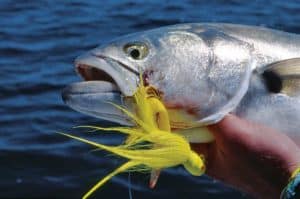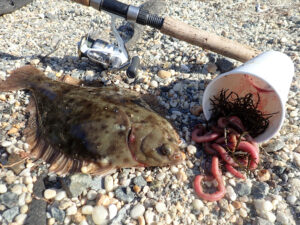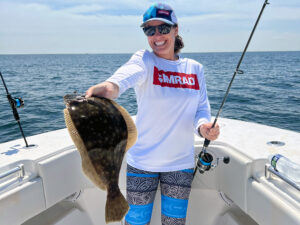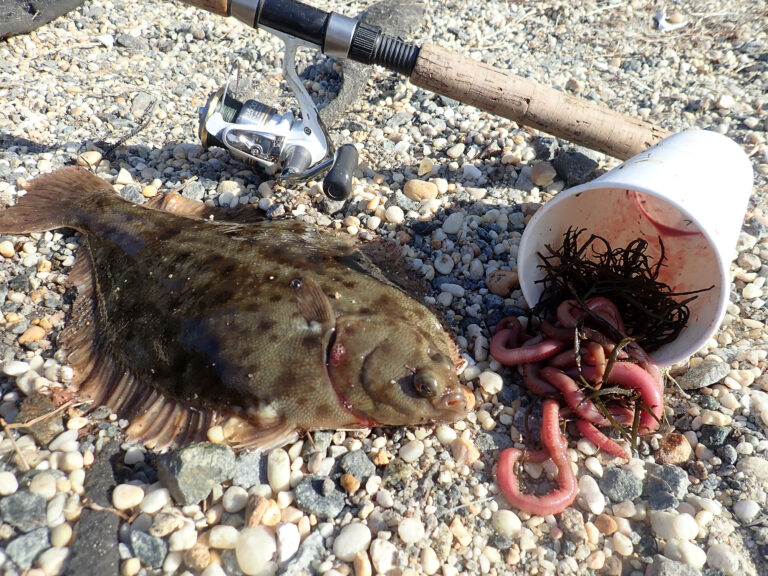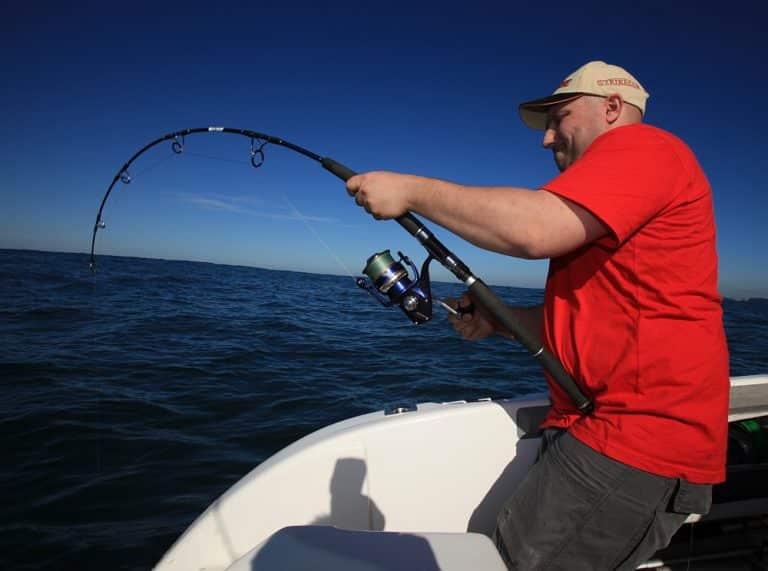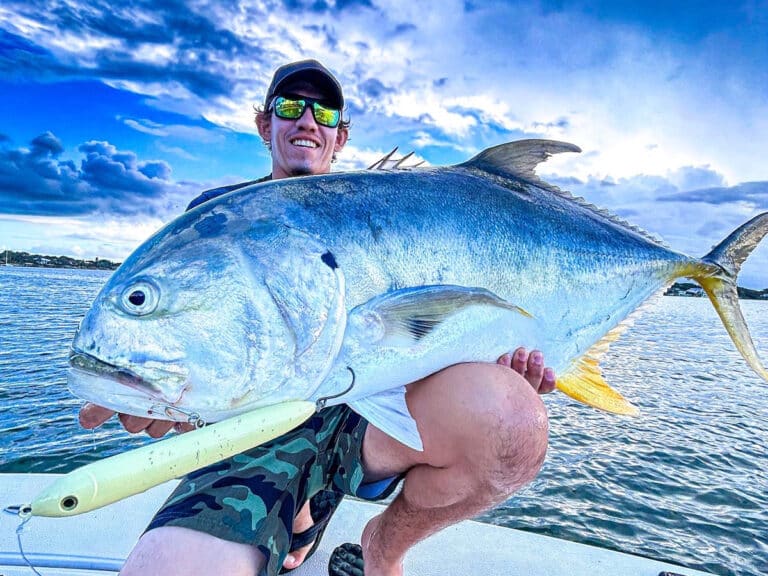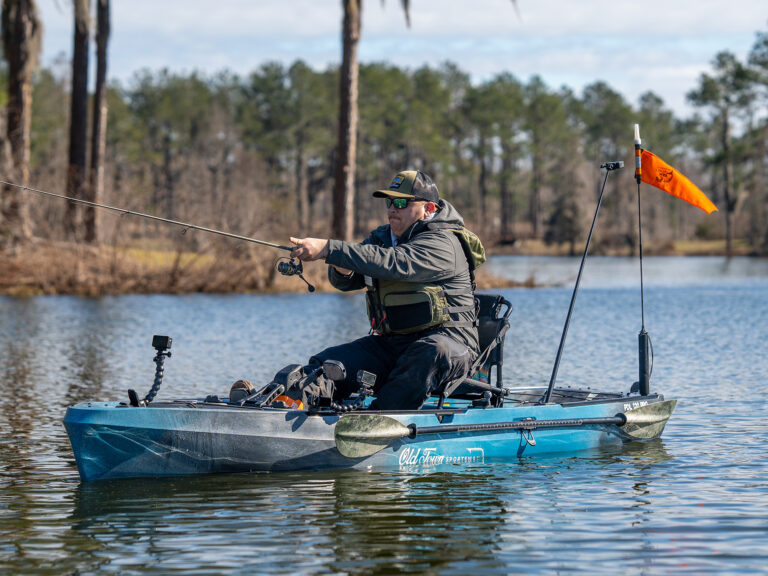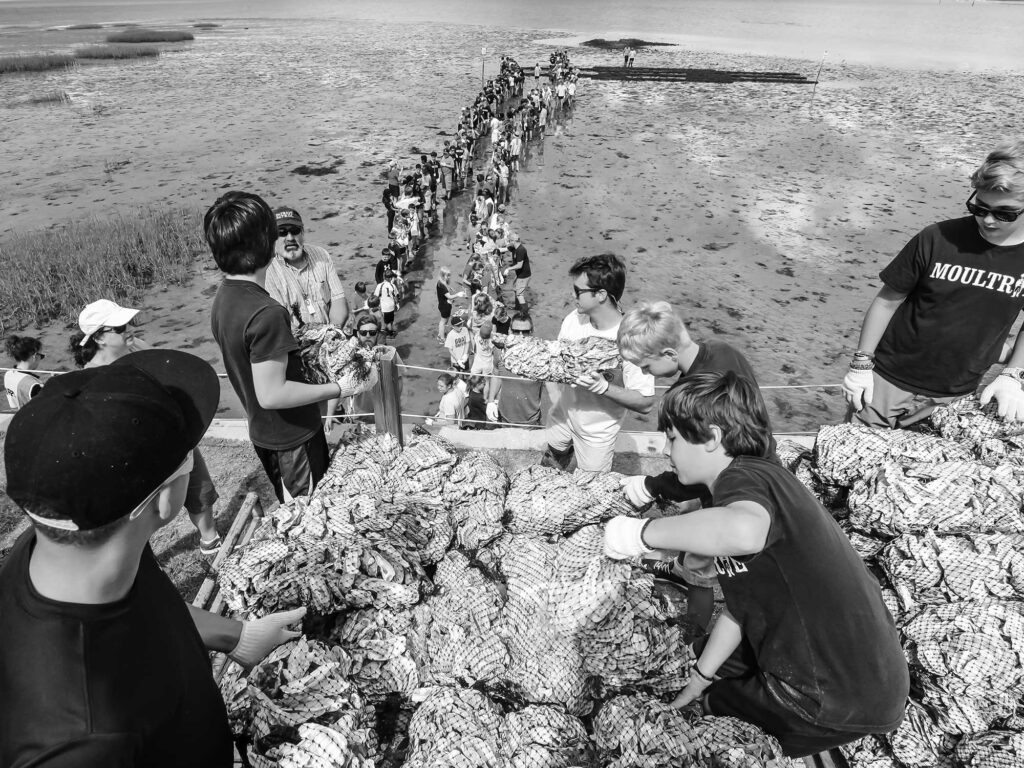
“I think that oysters are the answer. It’s one of the tangible things that we can do to improve water quality,” says Toadfish founder and CEO Casey Davidson. The company started the “Put ‘Em Back” movement to help clean waterways by replanting and replenishing oyster habitats throughout the country; often with the aid of a water cannon. How cool is that?
Davidson is right about the impact of shellfish on water quality. A single oyster can filter up to 50 gallons of water a day, which helps remove harmful toxins that work their way into waterways through runoff. This benefits everything oysters share the water with, including the vegetation that holds the marsh together and species of fish skinny-water anglers love so much. Oyster reefs also provide valuable structure for baitfish and predators alike.
There’s a few ways that oysters are sent back into the water. One involves a barge and a water cannon, which broadcasts them over a large area. The other is community-based, with volunteers placing oysters in mesh bags lining them up along the bank. Typically, they are placed atop a wooden pallet to keep them from sinking into the mud. Other regions construct wire cages for the shells, which help build reefs.
To date, Toadfish has participated in oyster projects in eight coastal states. That amounts to 280,214 square feet of oysters planted and counting, which clean a staggering 82 million gallons of water each day. Want to help? Contribute by purchasing their products. Since their founding in 2016, Toadfish has donated 5 percent of profits to oyster recycling programs and other conservation initiatives. So far, the total amount of their donations has topped $500,000.

